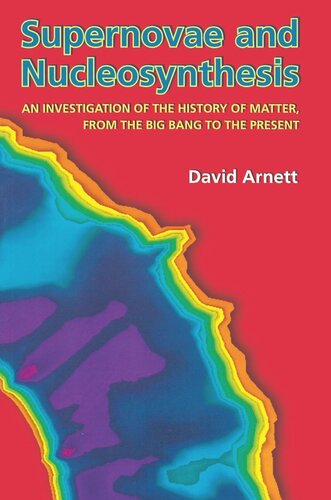

Most ebook files are in PDF format, so you can easily read them using various software such as Foxit Reader or directly on the Google Chrome browser.
Some ebook files are released by publishers in other formats such as .awz, .mobi, .epub, .fb2, etc. You may need to install specific software to read these formats on mobile/PC, such as Calibre.
Please read the tutorial at this link: https://ebookbell.com/faq
We offer FREE conversion to the popular formats you request; however, this may take some time. Therefore, right after payment, please email us, and we will try to provide the service as quickly as possible.
For some exceptional file formats or broken links (if any), please refrain from opening any disputes. Instead, email us first, and we will try to assist within a maximum of 6 hours.
EbookBell Team

0.0
0 reviewsThis book investigates the question of how matter has evolved since its origin in the Big Bang, from the cosmological synthesis of hydrogen and helium to the generation of the complex set of nuclei that comprise our world and our selves. A central theme is the evolution of gravitationally contained thermonuclear reactors, otherwise known as stars. Our current understanding is presented systematically and quantitatively, by combining simple analytic models with new state-of-the-art computer simulations.
The narrative begins with the clues (primarily the solar system abundance pattern), the constraining physics (primarily nuclear and particle physics), and the thermonuclear burning in the Big Bang itself. It continues with a step-by-step description of how stars evolve by nuclear reactions, a critical investigation of supernova explosion mechanisms and the formation of neutron stars and of black holes, and an analysis of how such explosions appear to astronomers (illustrated by comparison with recent observations). It concludes with a synthesis of these ideas for galactic evolution, with implications for nucleosynthesis in the first generation of stars and for the solar system abundance pattern. Emphasis is given to questions that remain open, and to active research areas that bridge the disciplines of astronomy, cosmochemistry, physics, and planetary and space science. Extensive references are given.